The fate of Iran’s most sensitive nuclear material remains clouded in uncertainty, with Tehran acknowledging that its stockpile of enriched uranium is trapped beneath the ruins of facilities struck by Israeli and US warplanes in June.
Foreign minister Abbas Araghchi told Iranian state television on Thursday that uranium reserves, including some 408 kilograms enriched close to weapons-grade levels, were “located under the debris of the bombed installations.”
He added that the Atomic Energy Organisation of Iran was still trying to determine whether the fissile material could be retrieved.
The remarks mark one of the first direct Iranian references to the physical status of its uranium stockpile since Israel’s 12-day offensive, which drew in US forces for targeted strikes on major sites at Fordow, Natanz and Isfahan.
President Donald Trump has claimed the attacks “obliterated” Iran’s programme, but western diplomats and nuclear experts remain sceptical, suggesting Tehran may have relocated at least part of its reserves ahead of the strikes.
Since the conflict, Iran has suspended cooperation with the International Atomic Energy Agency, leaving the UN watchdog unable to verify the extent of the destruction or track the enriched uranium. The lack of clarity has heightened western fears that Tehran is deliberately maintaining ambiguity to preserve bargaining leverage.
The UK, France and Germany —, the so-called E3 have cited Iran’s refusal to allow inspectors back in and its failure to clarify the whereabouts of the uranium as reasons for triggering the UN “snapback” mechanism on August 28.
Impact Shorts
More ShortsThe move reactivates sanctions lifted under the 2015 nuclear deal unless Tehran meets conditions within 30 days, including restoring access for the IAEA and resuming talks with Washington.
Analysts warn that the standoff has narrowed diplomatic options. Ellie Geranmayeh of the European Council on Foreign Relations said the E3’s likely response to Araghchi’s claim would be: “Prove it.” She noted, however, that the European demands appeared “detached from the realities following the June strikes.”
“For Tehran, maintaining uncertainty over the stockpile is one of the few bargaining chips it still has,” Geranmayeh said. “It allows Iran to keep weaponisation options theoretically open, but more likely, to draw the Trump administration back into negotiations.”
With the sanctions deadline looming at the end of the month, the fate of Iran’s enriched uranium, whether truly buried under rubble or hidden elsewhere has become central to both regional security and the fragile diplomatic window now closing fast.


)

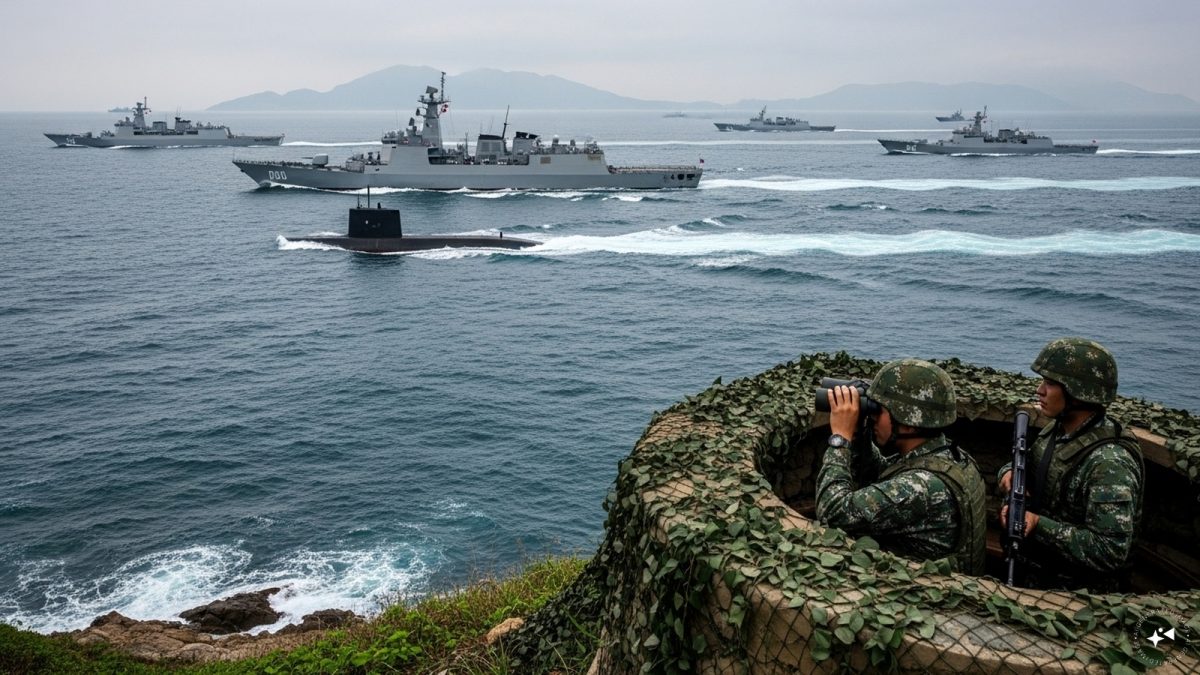)
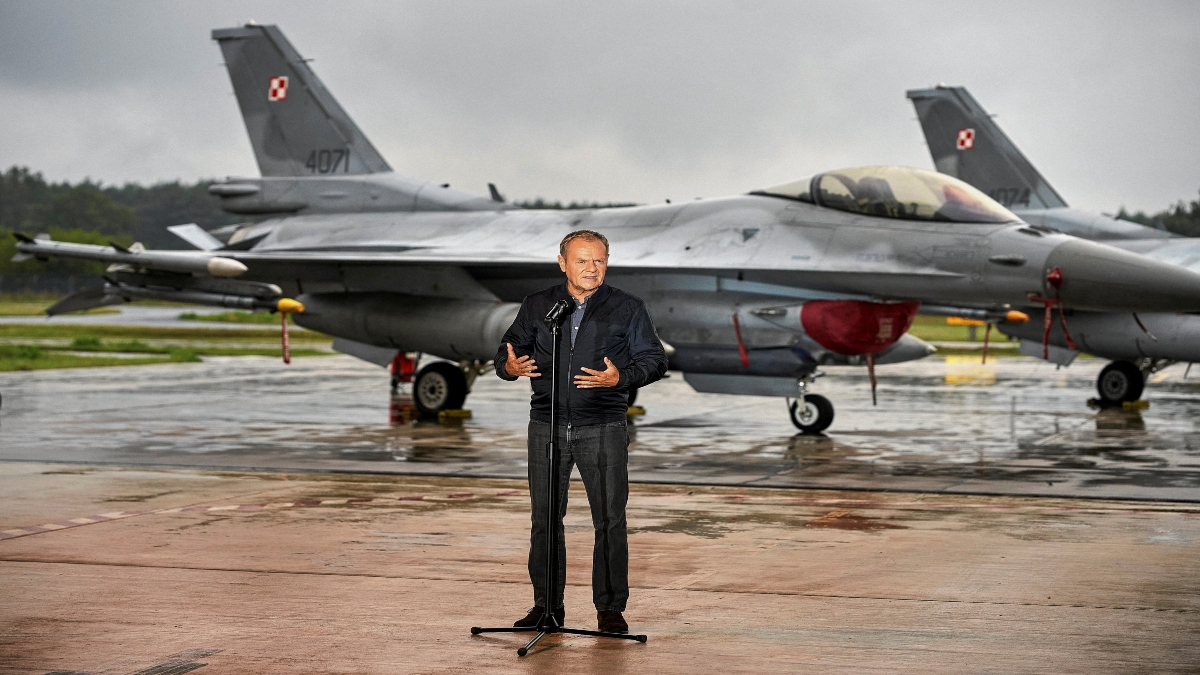)
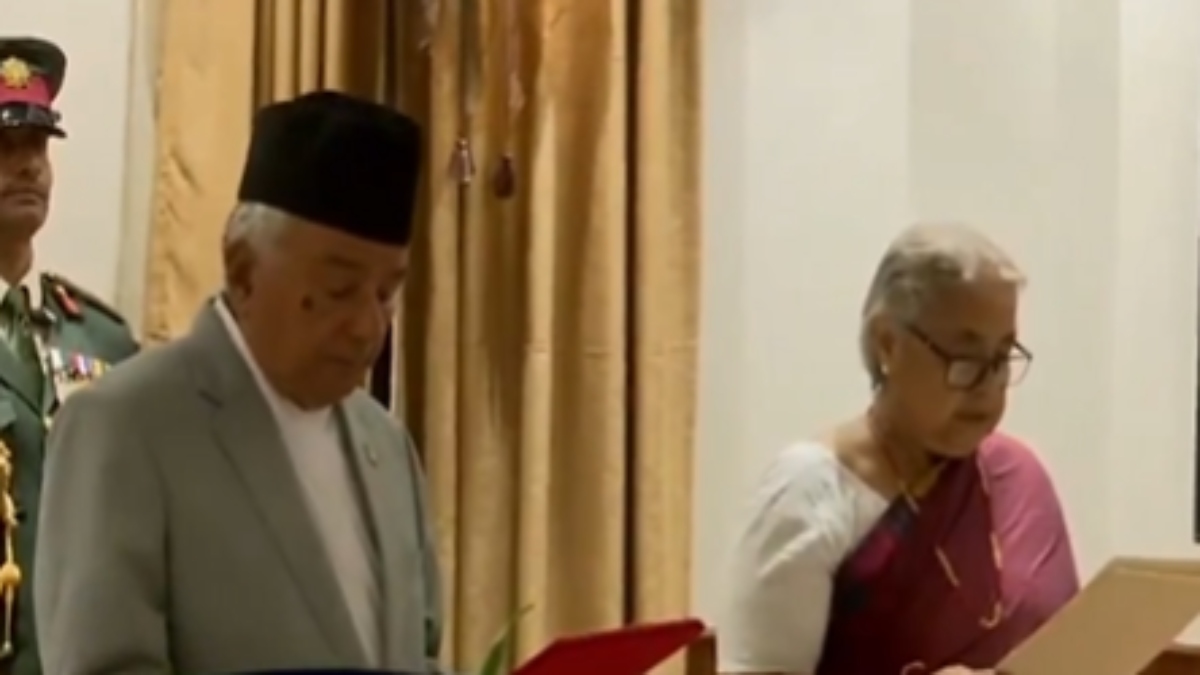)
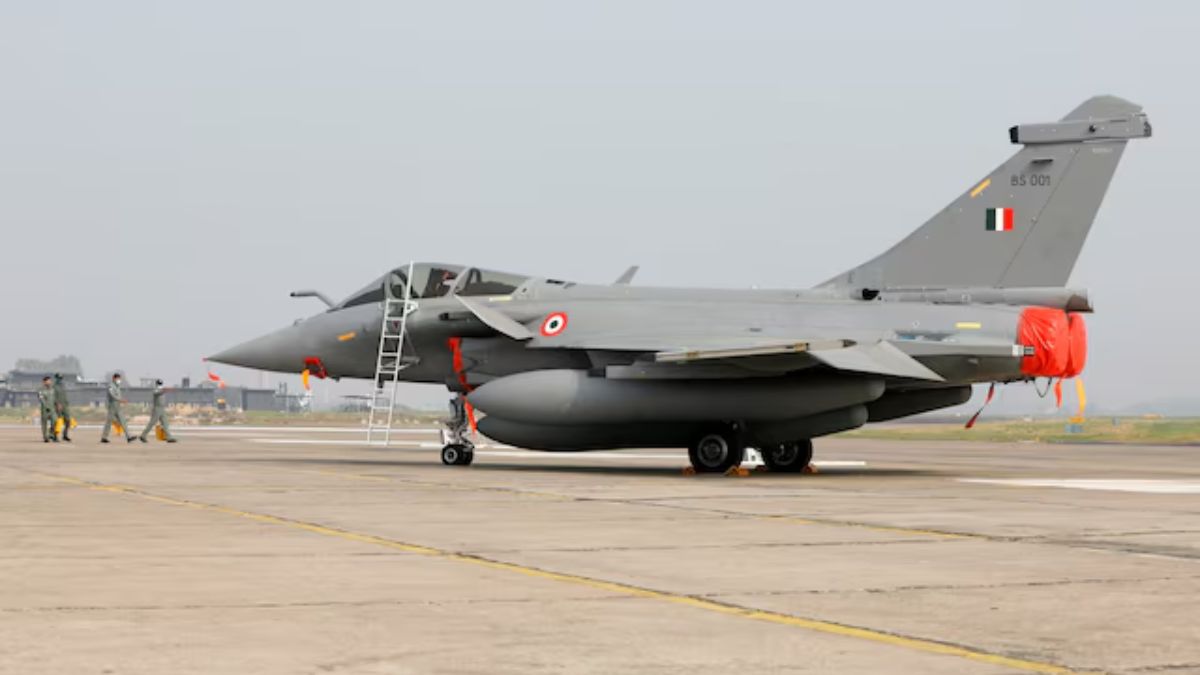)
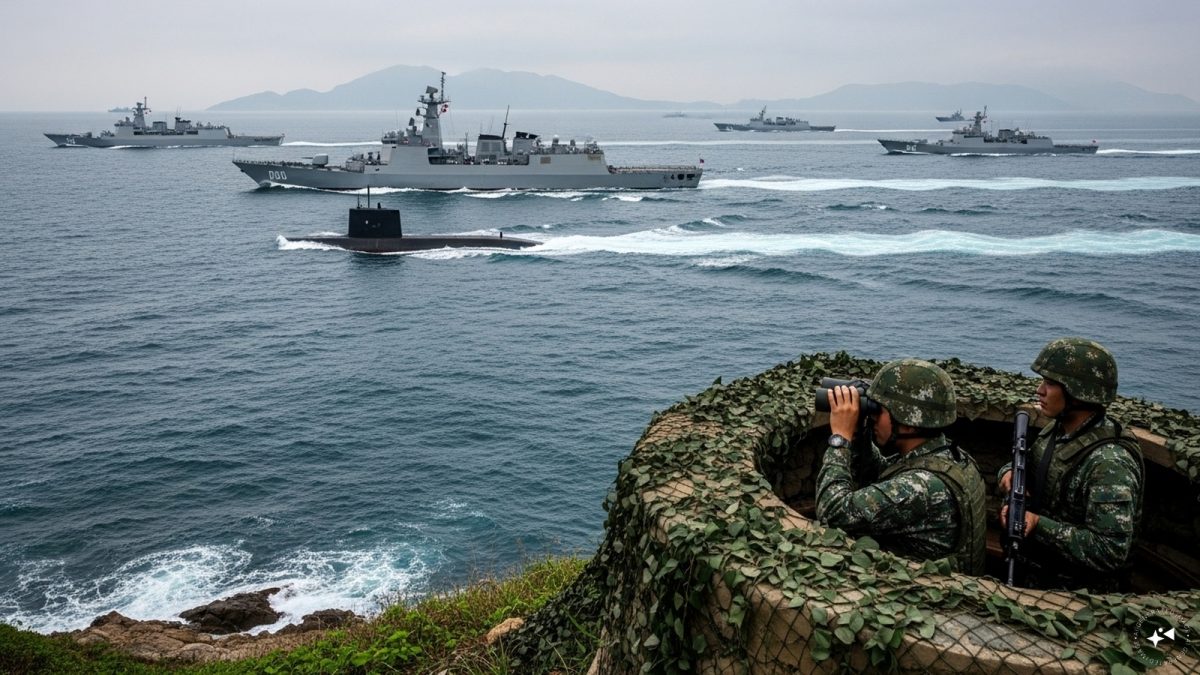)
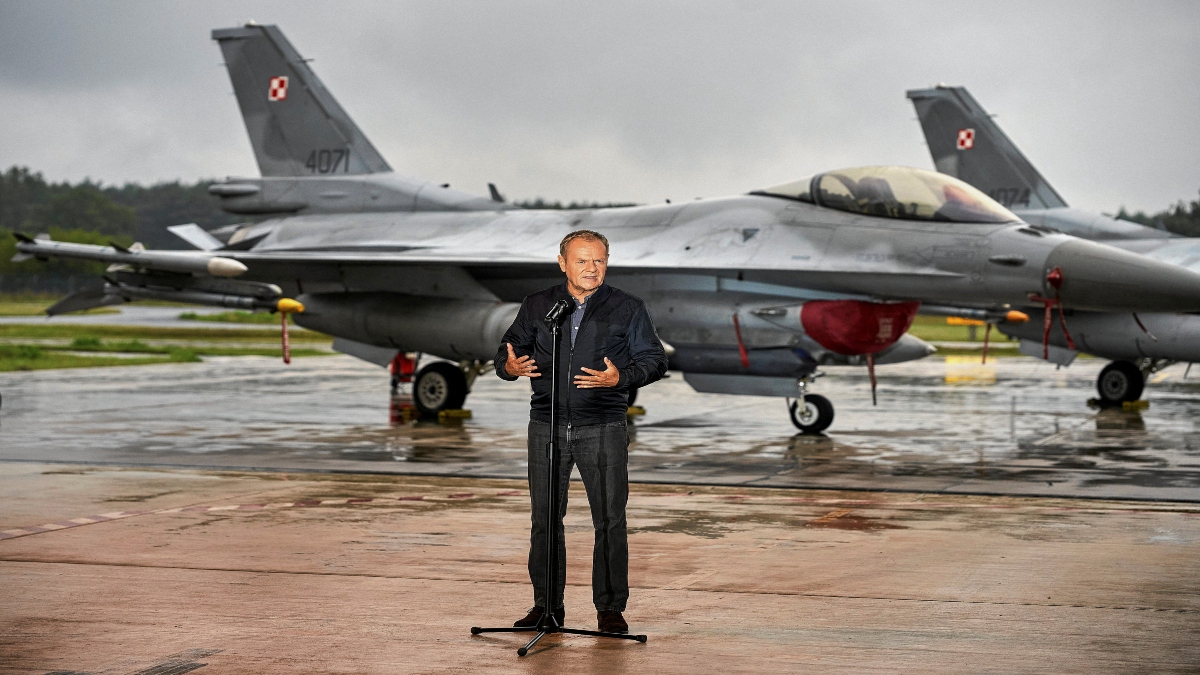)
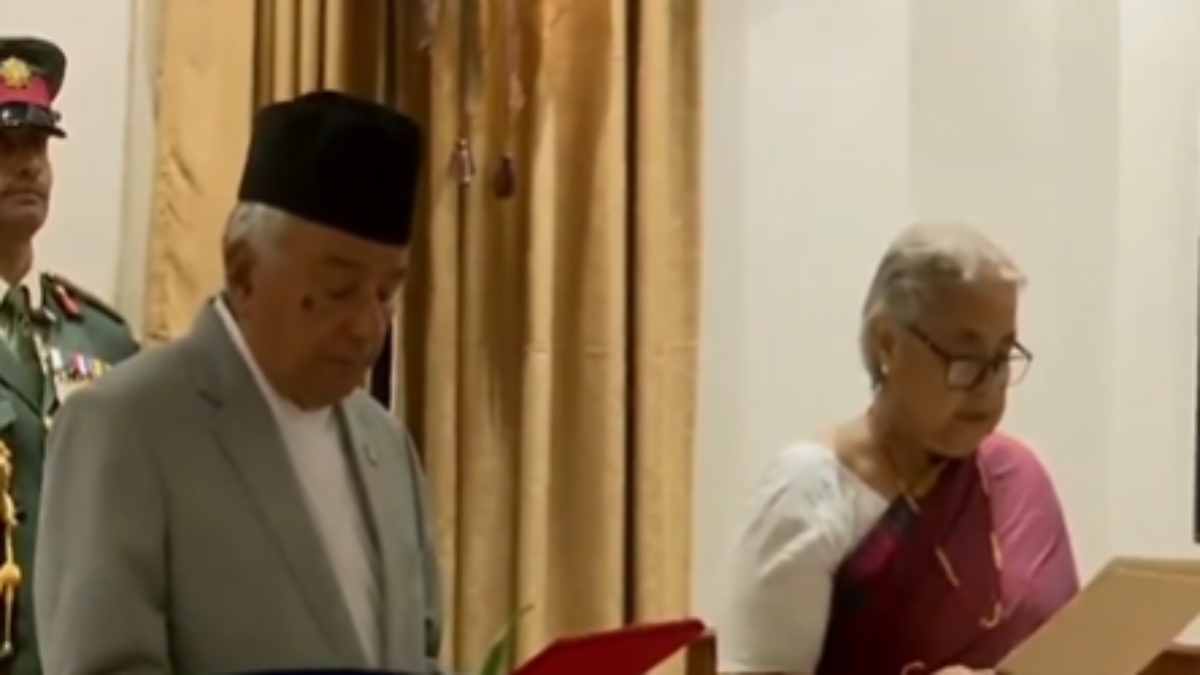)
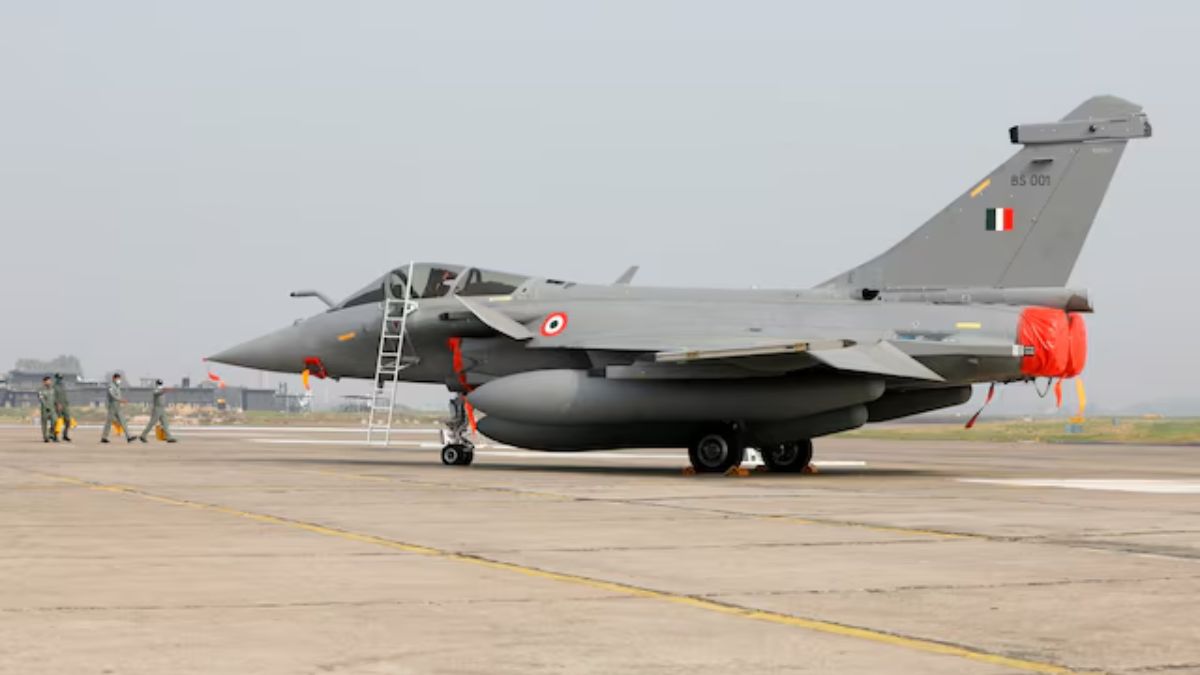)



